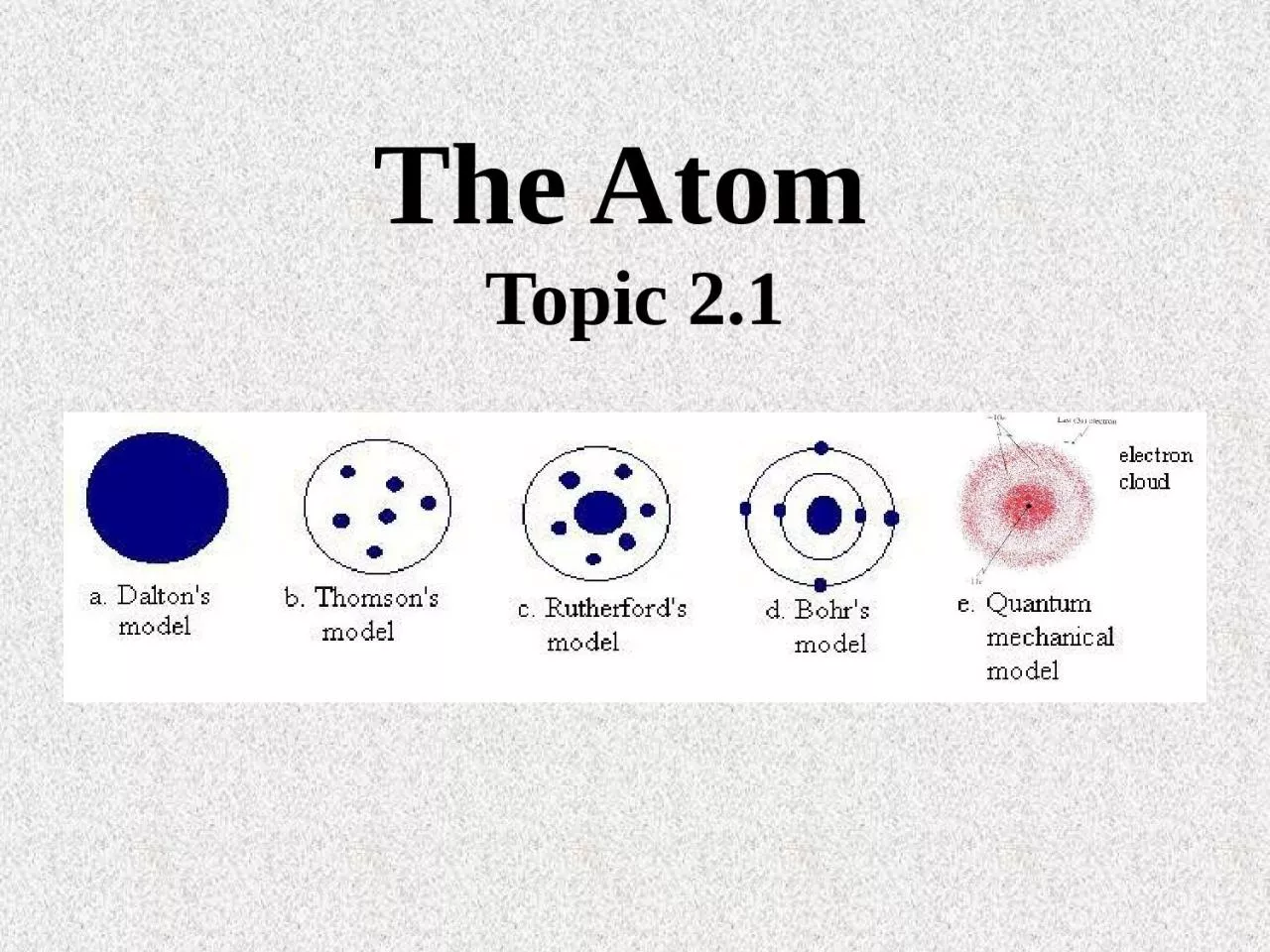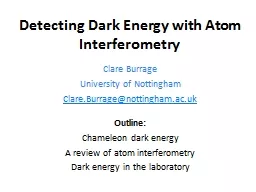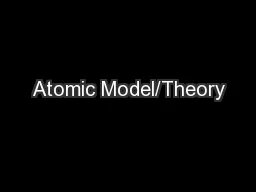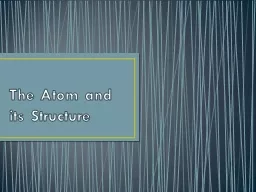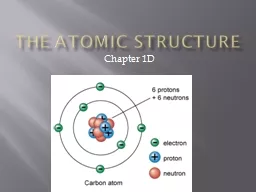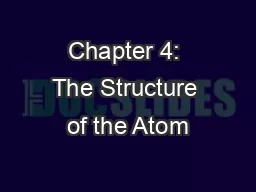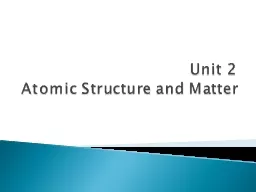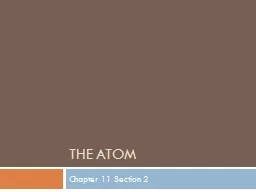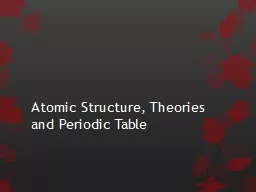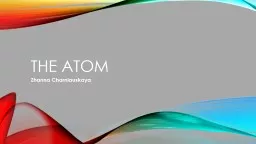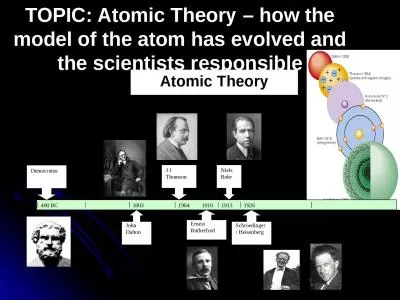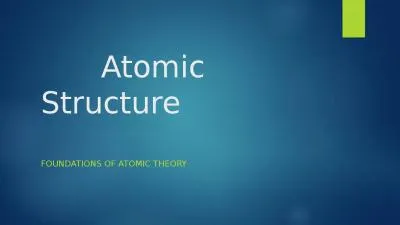PPT-The Atom Topic 2.1 Progression of Atomic Models
Author : jade | Published Date : 2024-01-03
Our view of the atom has changed over time 2 Aristotle 460 BC 370 BC emphasized that nature consisted of four elements air earth fire and water did not believe
Presentation Embed Code
Download Presentation
Download Presentation The PPT/PDF document "The Atom Topic 2.1 Progression of Atomi..." is the property of its rightful owner. Permission is granted to download and print the materials on this website for personal, non-commercial use only, and to display it on your personal computer provided you do not modify the materials and that you retain all copyright notices contained in the materials. By downloading content from our website, you accept the terms of this agreement.
The Atom Topic 2.1 Progression of Atomic Models: Transcript
Download Rules Of Document
"The Atom Topic 2.1 Progression of Atomic Models"The content belongs to its owner. You may download and print it for personal use, without modification, and keep all copyright notices. By downloading, you agree to these terms.
Related Documents

